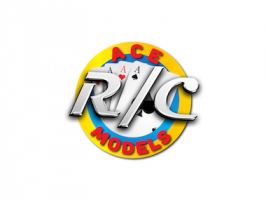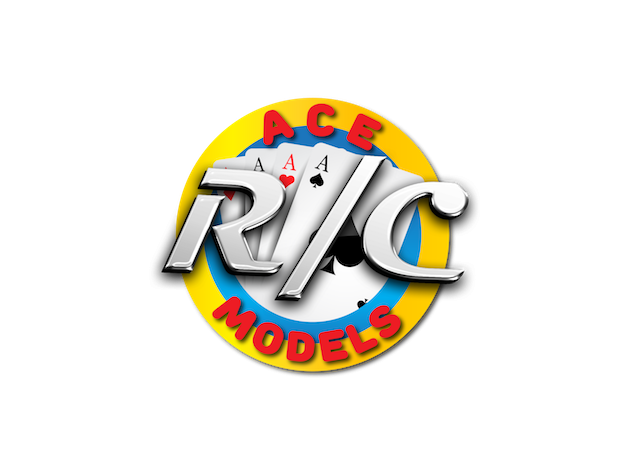HORNBY S&DJR CLASS 4F 0-6-0 NO. 61 - ERA 2
The LMS 4F class would be introduced in 1911 as the Class 4 to the design of Sir Henry Fowler. Like may of Fowler's designs the locomotive would initially be part of the Midland Railway pool of locomotives before the grouping act would come into effect in 1923. The Midland Railway was awash with mineral traffic in the early 1900s and the railway did not really have a suitable locomotive up to the task of hauling trains of the lengths that were demanded, as such the MR had a habit of rostering double headed 0-6-0 engines on a near permanent basis. Initially conceived as a 2-6-0 tender engine, the eventual 0-6-0 design would become one of Fowlers most numerous.The first of the class, 3835 would be built with a Schmidt type superheater with the second in the class being equipped with a Swindon style superheater such was Fowlers interest in the technology and his hunger to incorporate it into his design. Production versions of the 4F would be built between 1917 and 1922 as the MR class 4, 1924 and 1928 as the first of the LMS 4F batch, with a final run being built between 1937 and 1941 as a second LMS batch authorised by William Stanier, although with little enthusiasm from the then CME.The class would begin to be withdrawn in 1959 with final withdrawals taking place in 1966. Four of the class would be preserved in total with 4027, the first LMS example, preserved as part of the national collection. Only one example of a Midland Railway built 4F would survive into preservation, number 3924. This locomotive is notable for two reasons, the first being due to its status as the only remaining Midland example and the second being that it was the first locomotive to leave Barry Scrapyard Number 61 was delivered straight to the S&DJR in 1922. The last of five locomotives to be delivered they would receive the internal power classification 5P4G, slightly higher than that given by the Midland Railway and the LMS. These 5 examples, built in 1922 were built by Armstrong-Whitworth as were all examples constructed in that year. The locomotive would become part of the LMS in 1930 and would receive the number 4561. Just prior to its entry into BR service in 1948 and its renumbering to 44561, the locomotive would be converted to oil burning albeit temporarily. The locomotive would be withdrawn in April 1962 and scrapped with haste after.The Hornby 4F is a perfect tender engine for someone who has only ever had tank engines. This model is fitted with a three pole motor and gearing allowing for good slow speed performance. The models driving wheels are fitted with traction tyres increasing the tractive effort of the model allowing for more wagons to be hauled.






